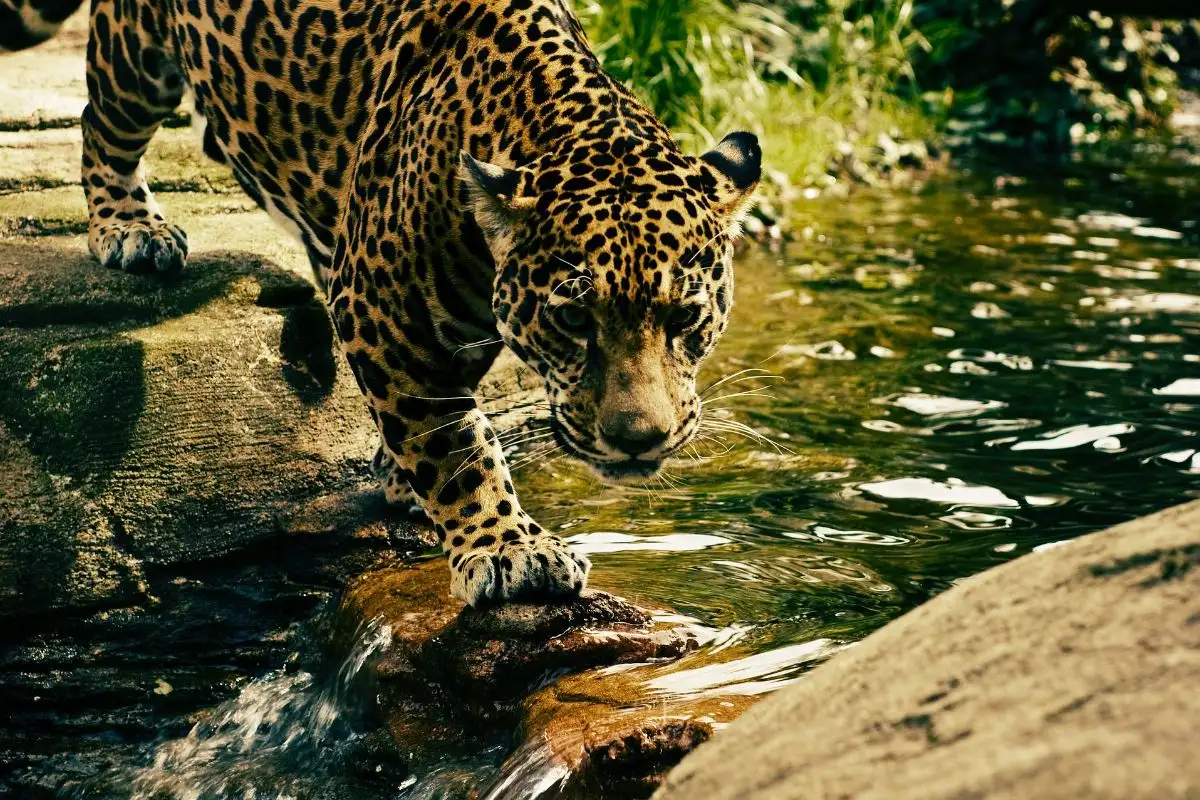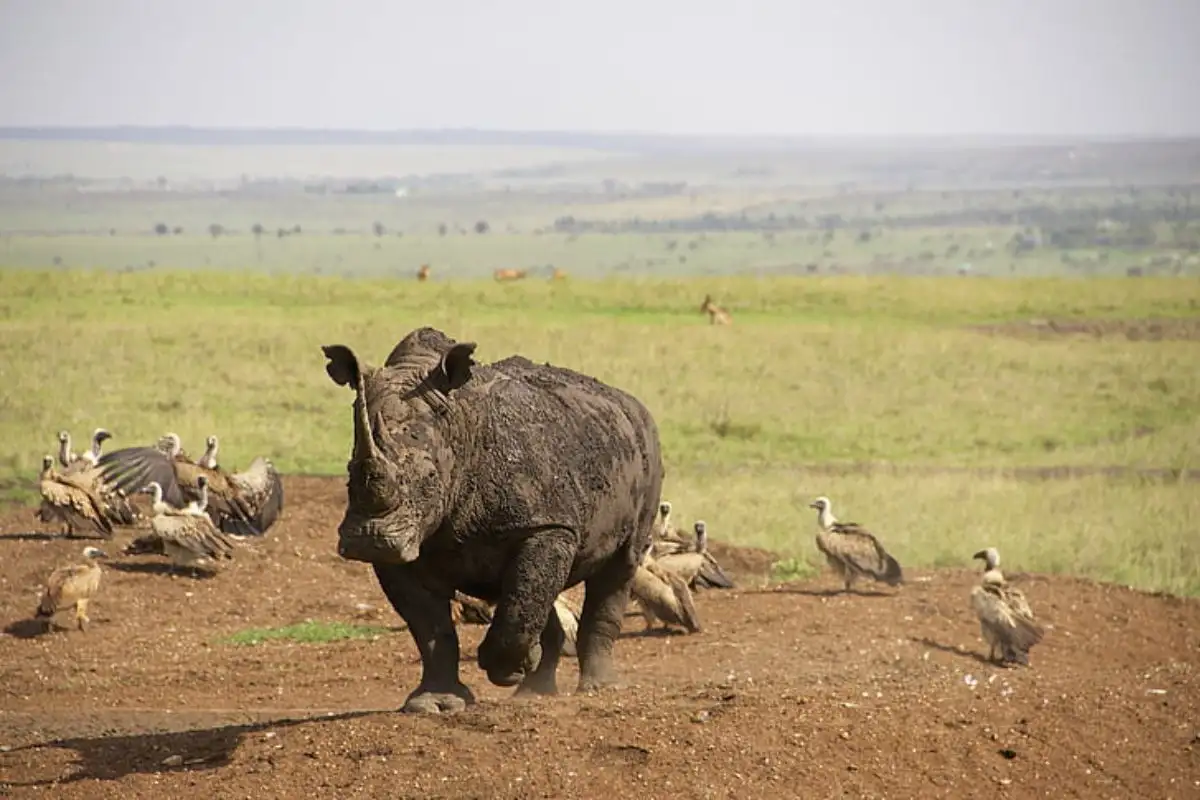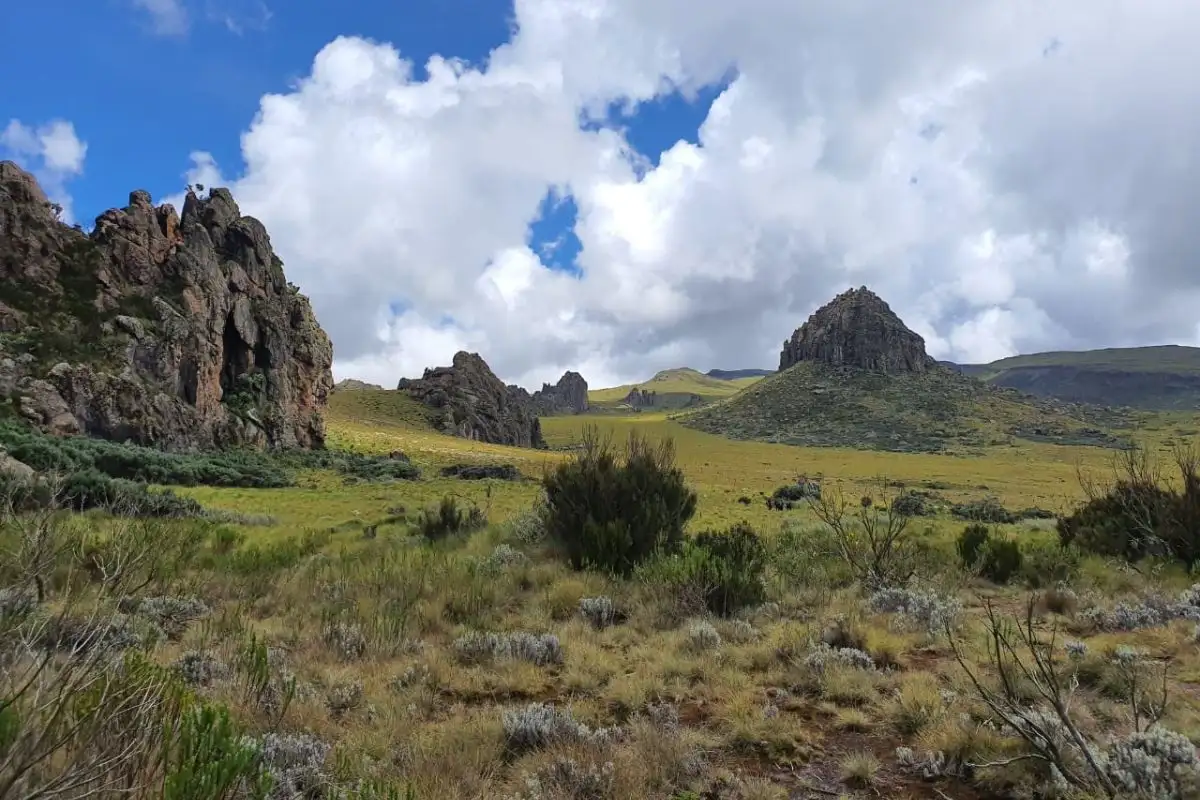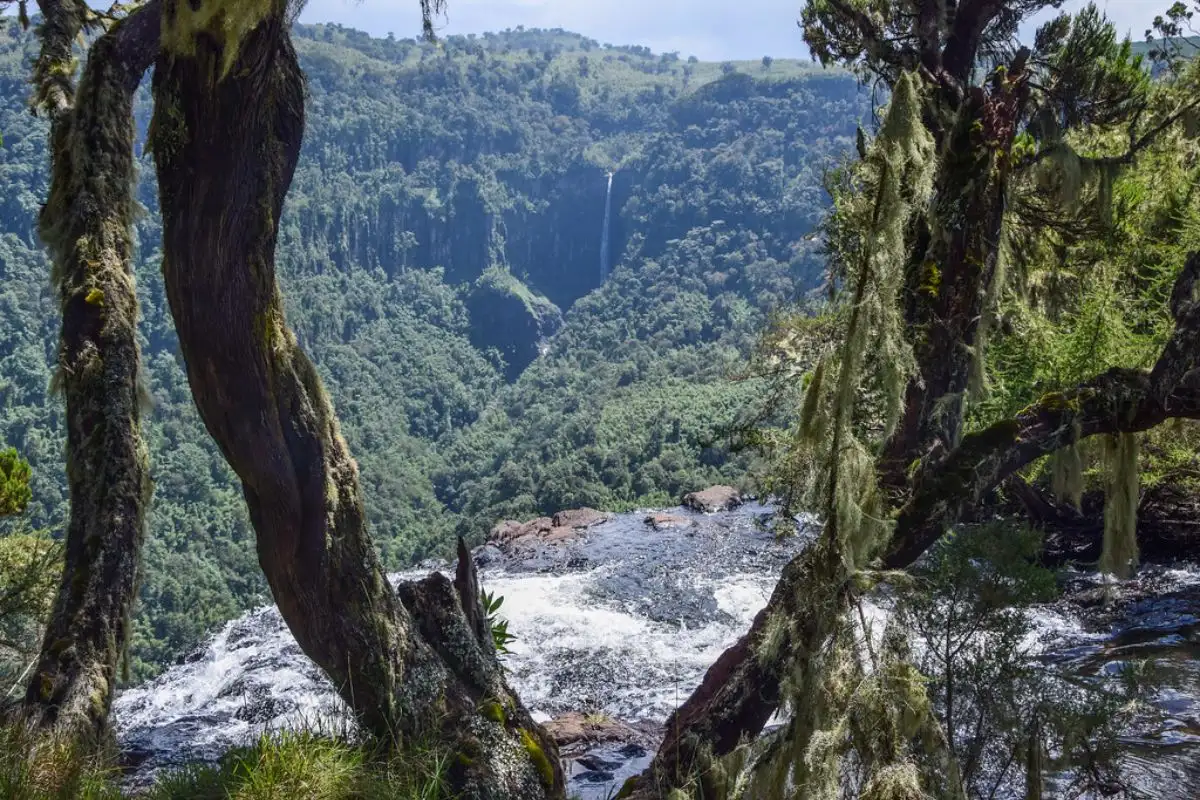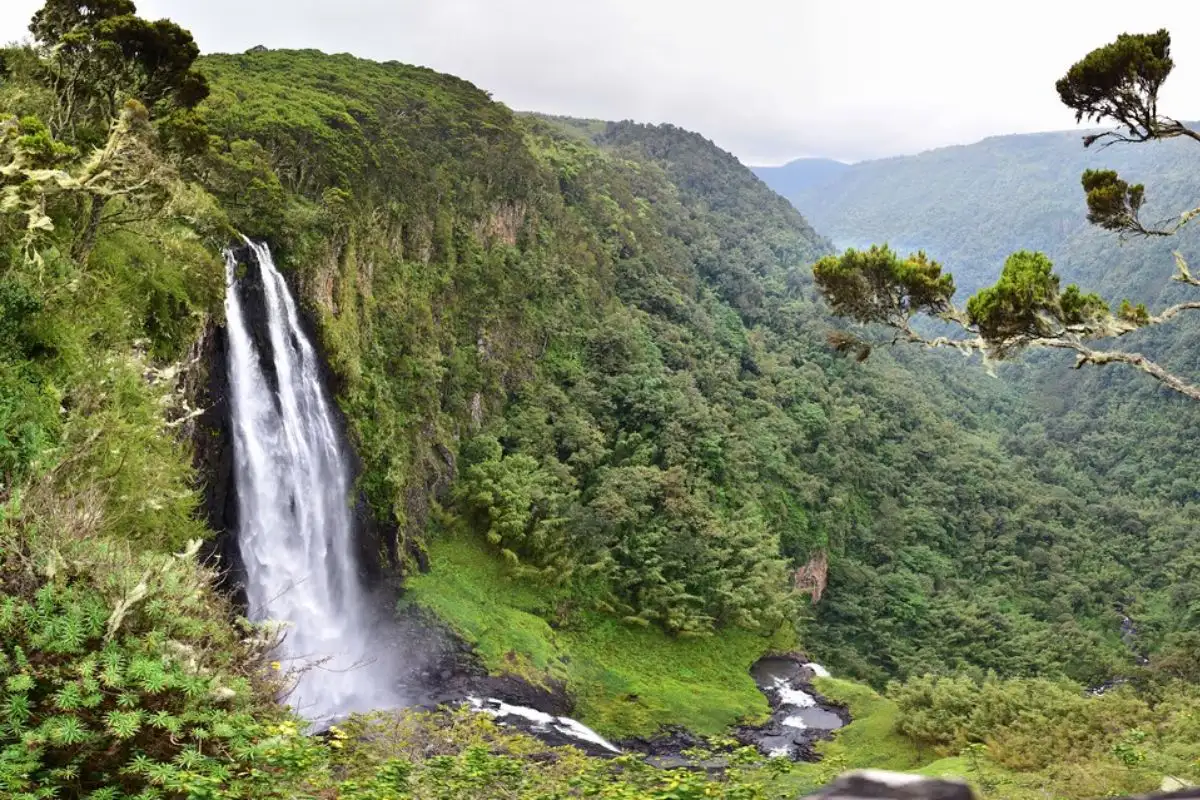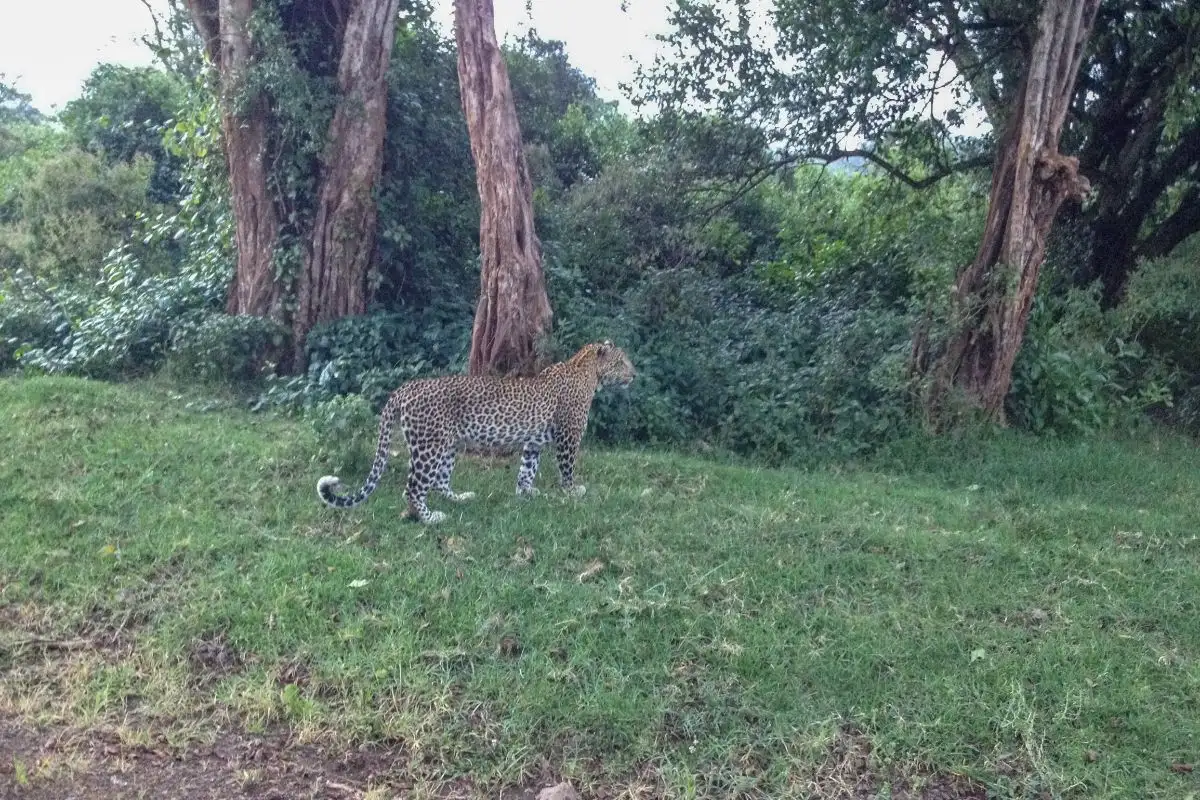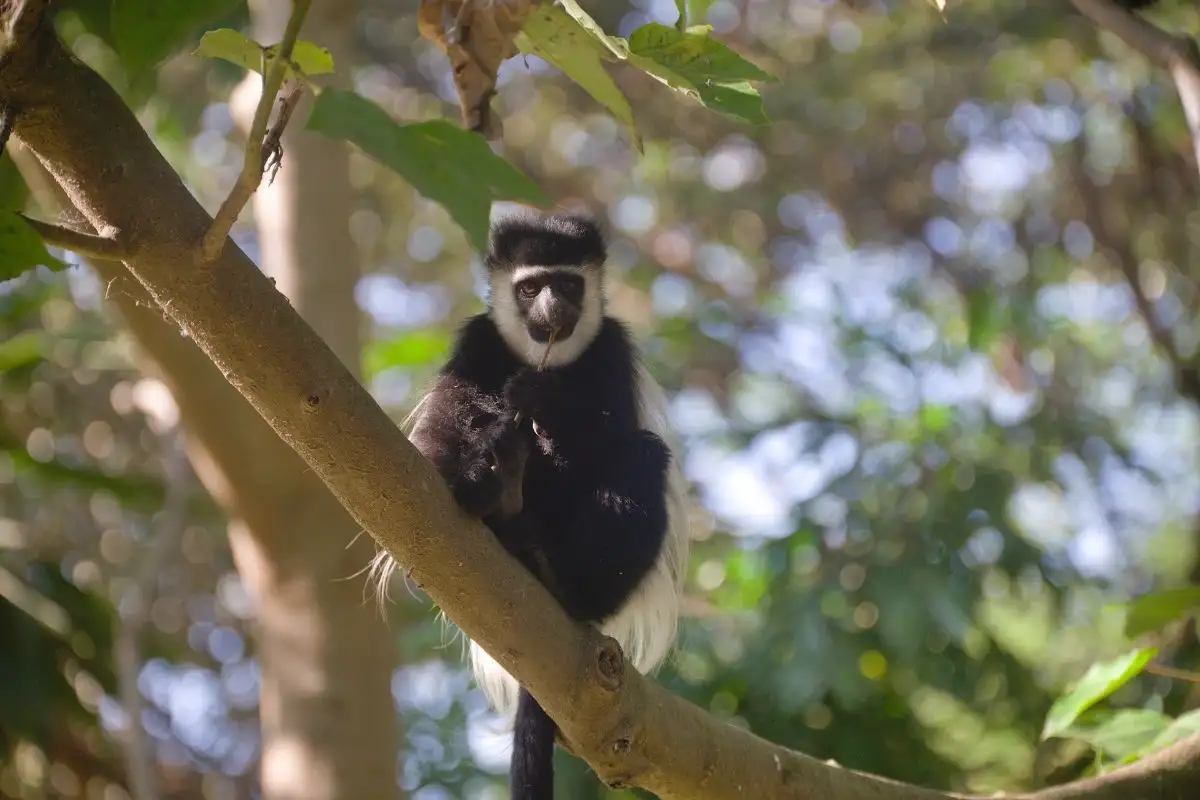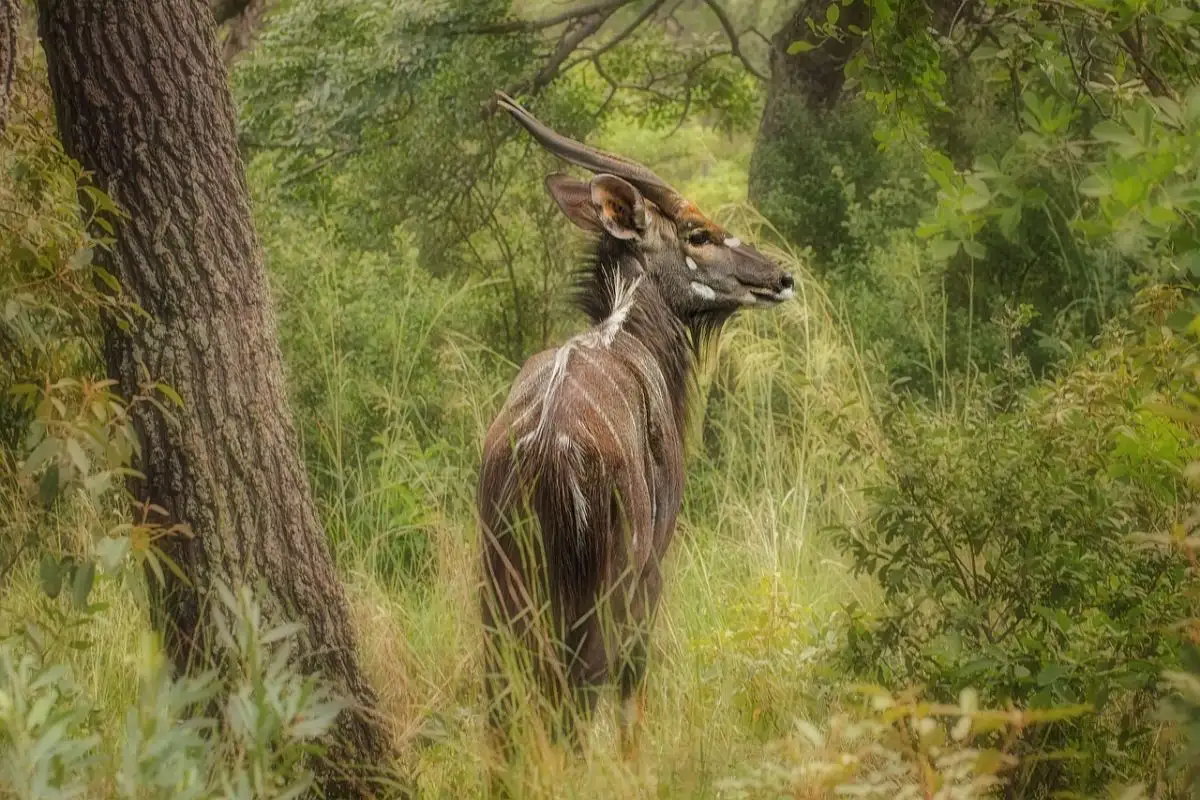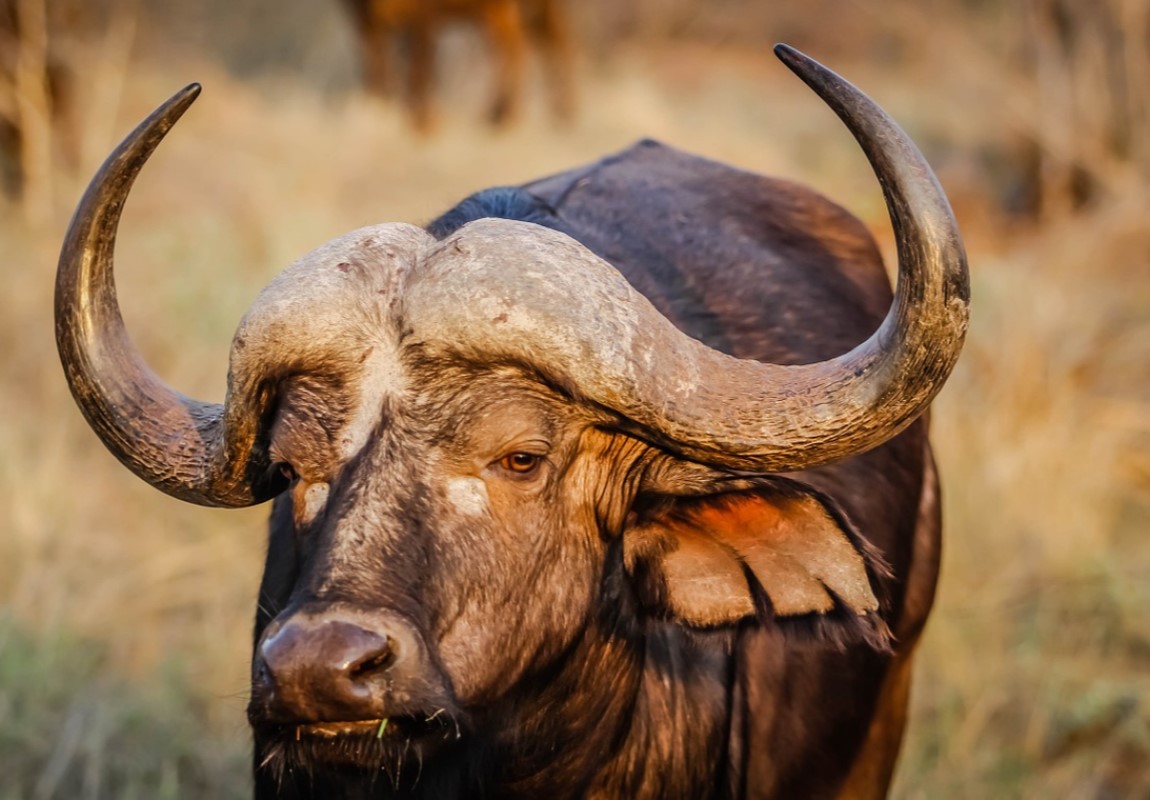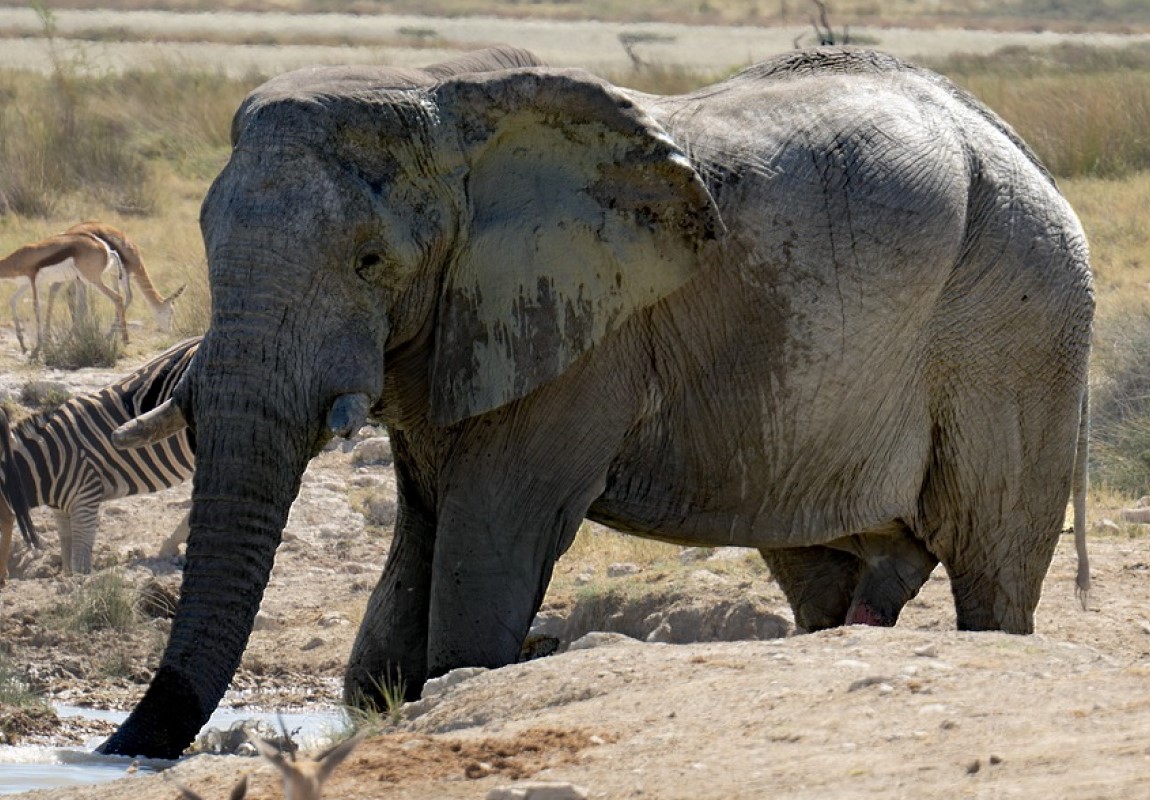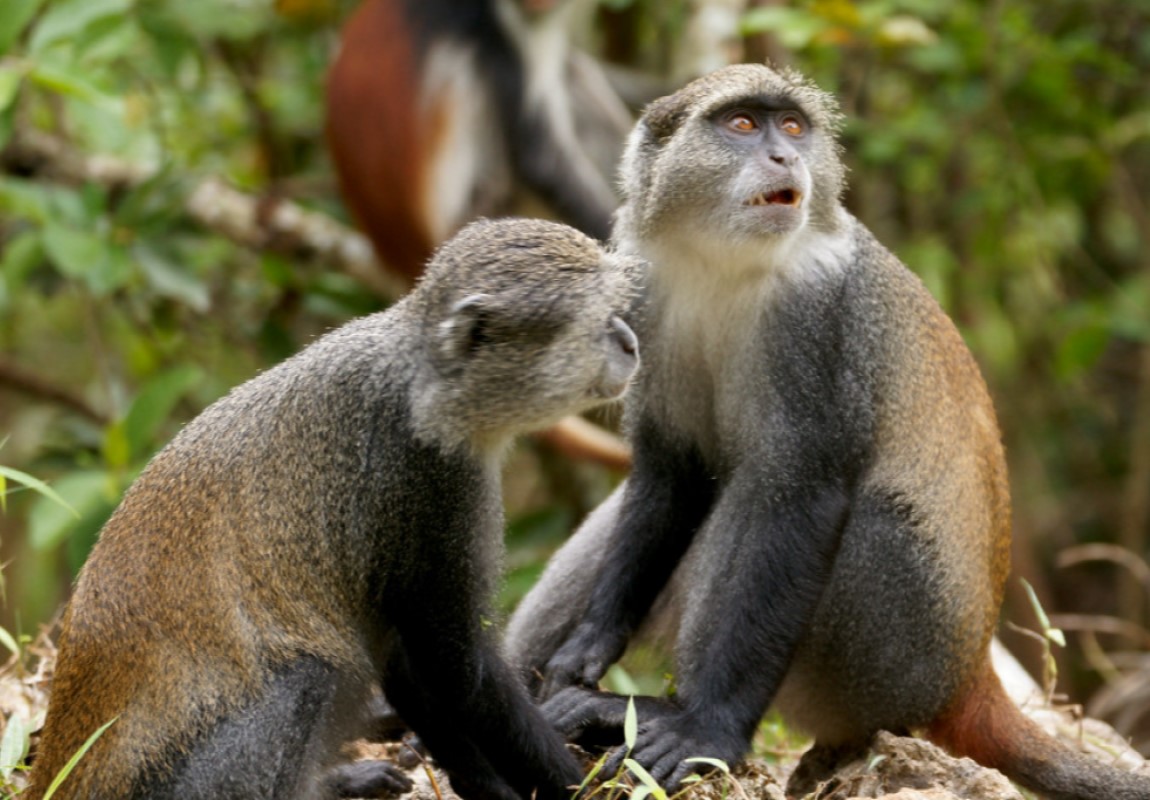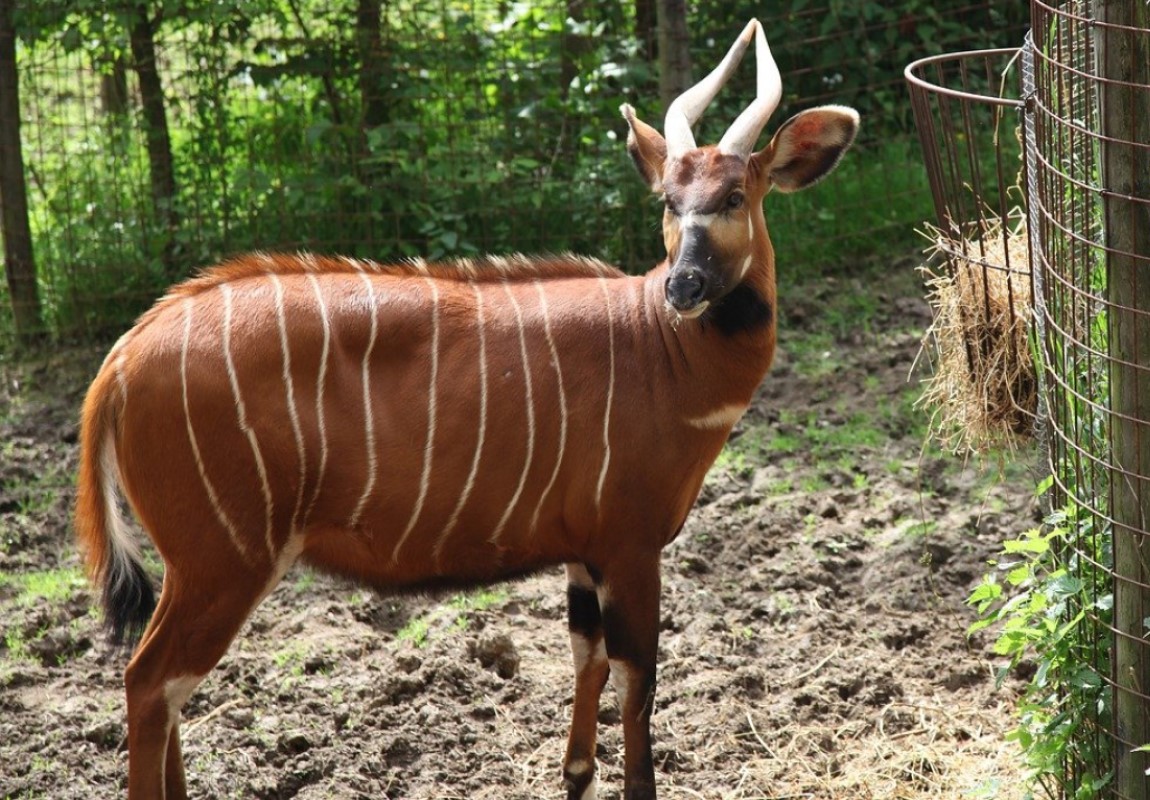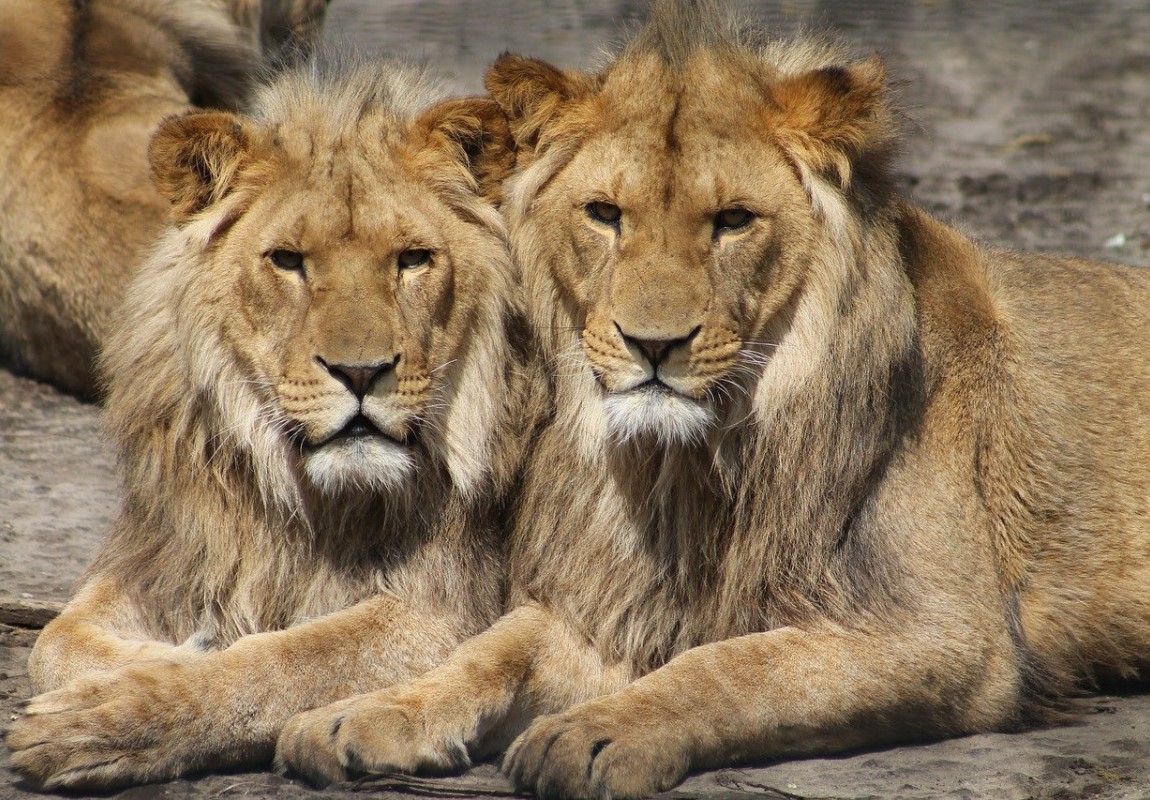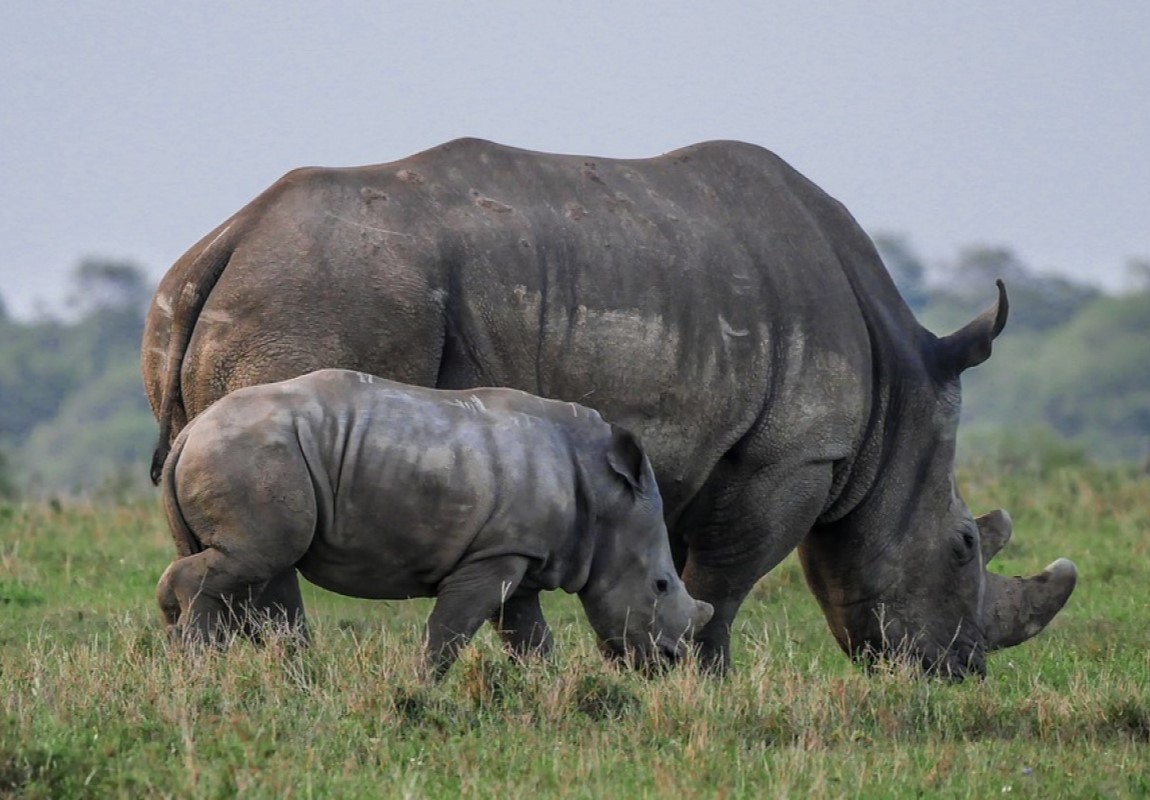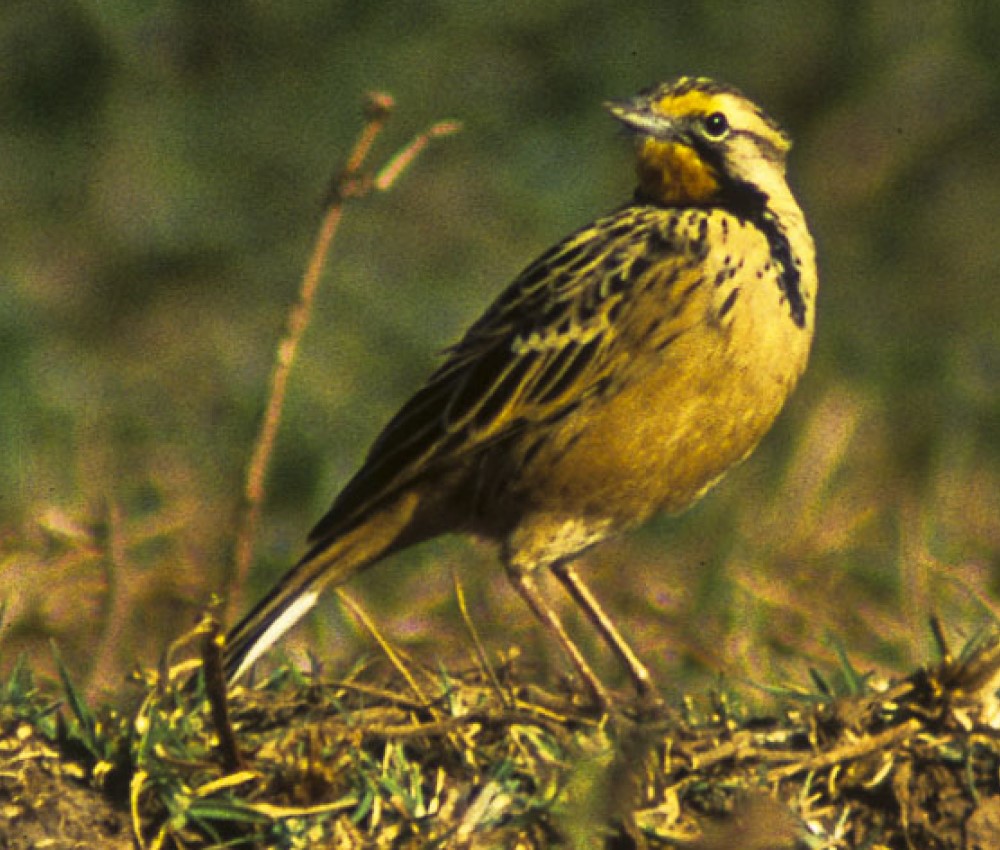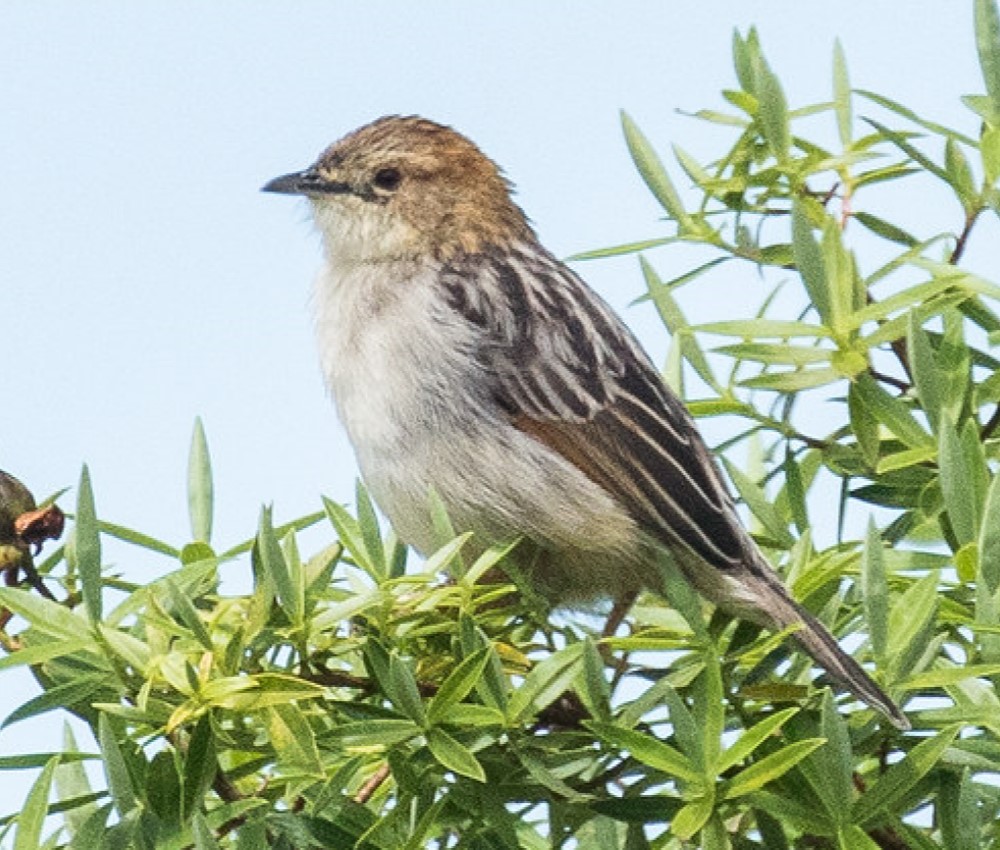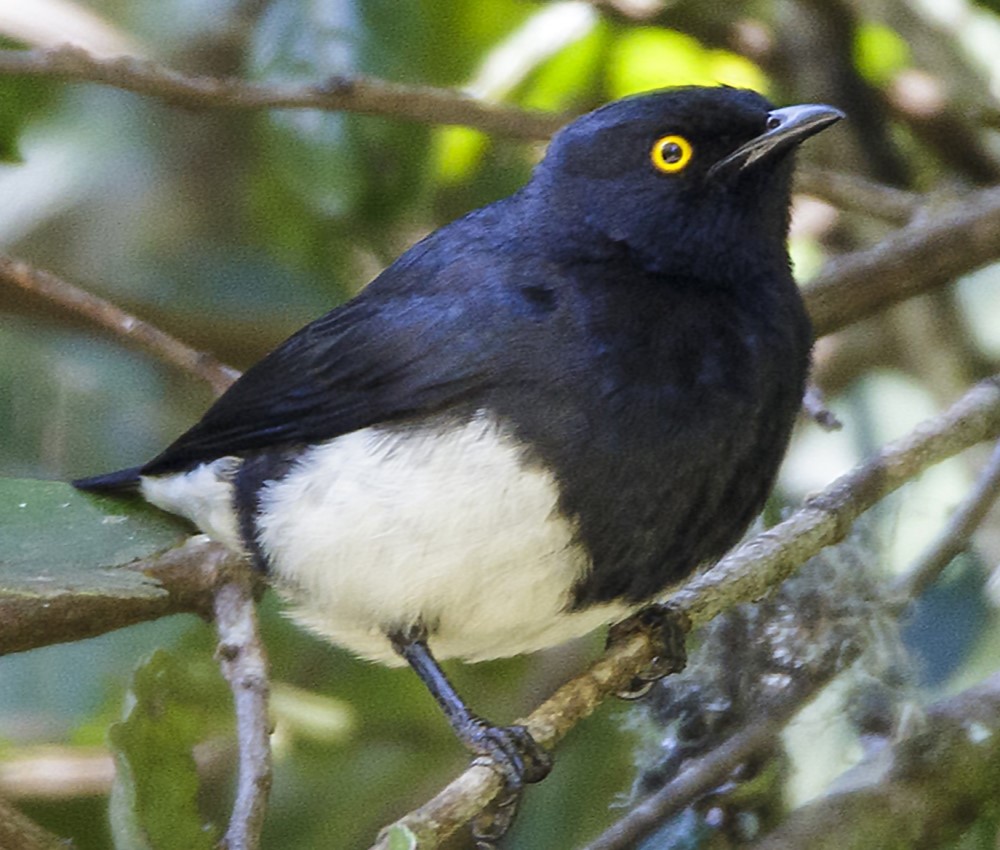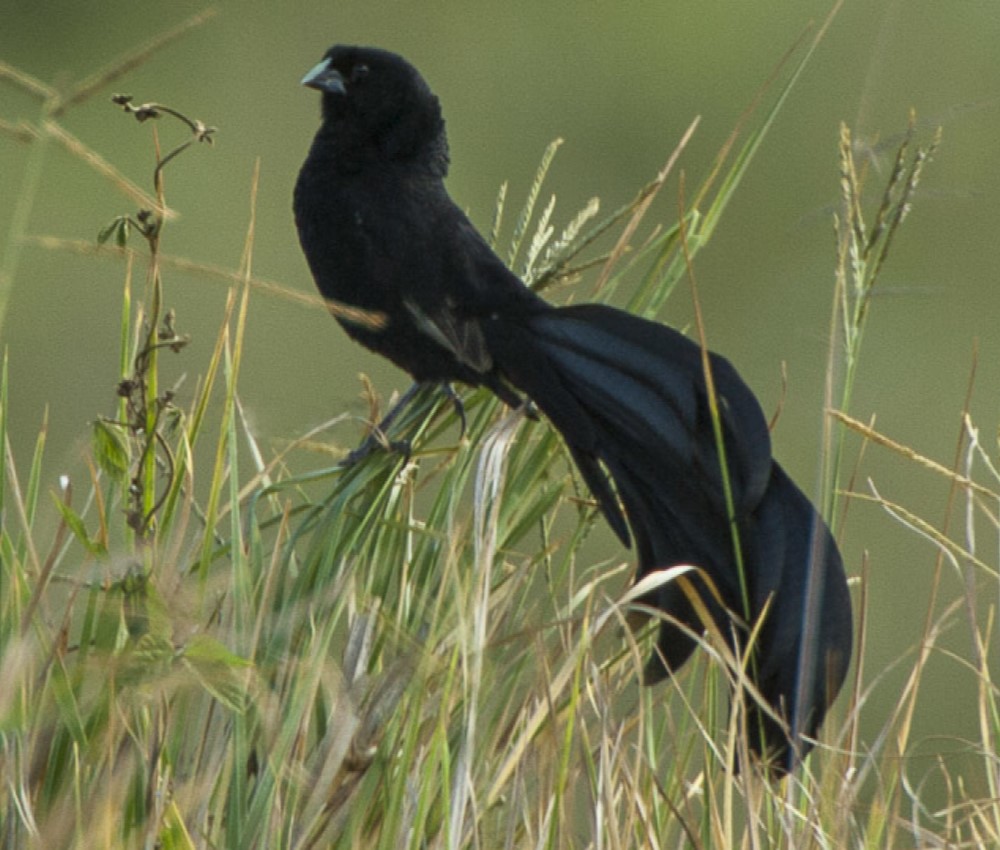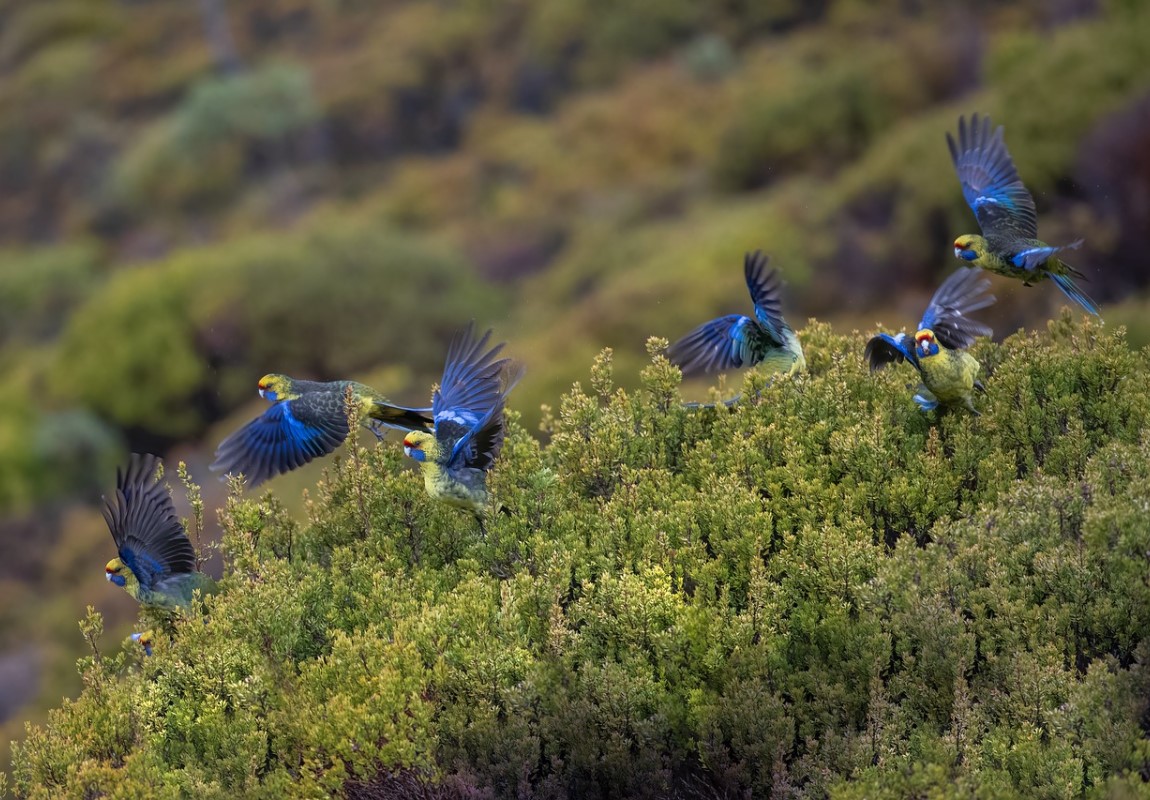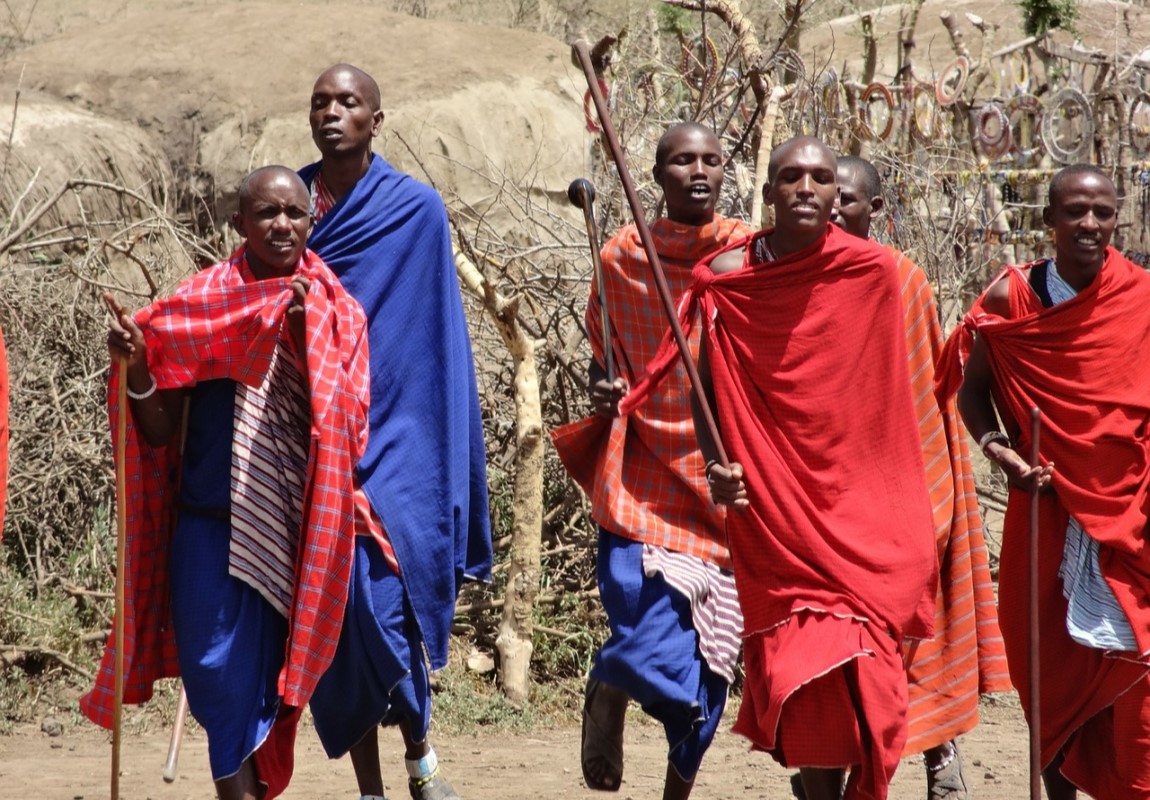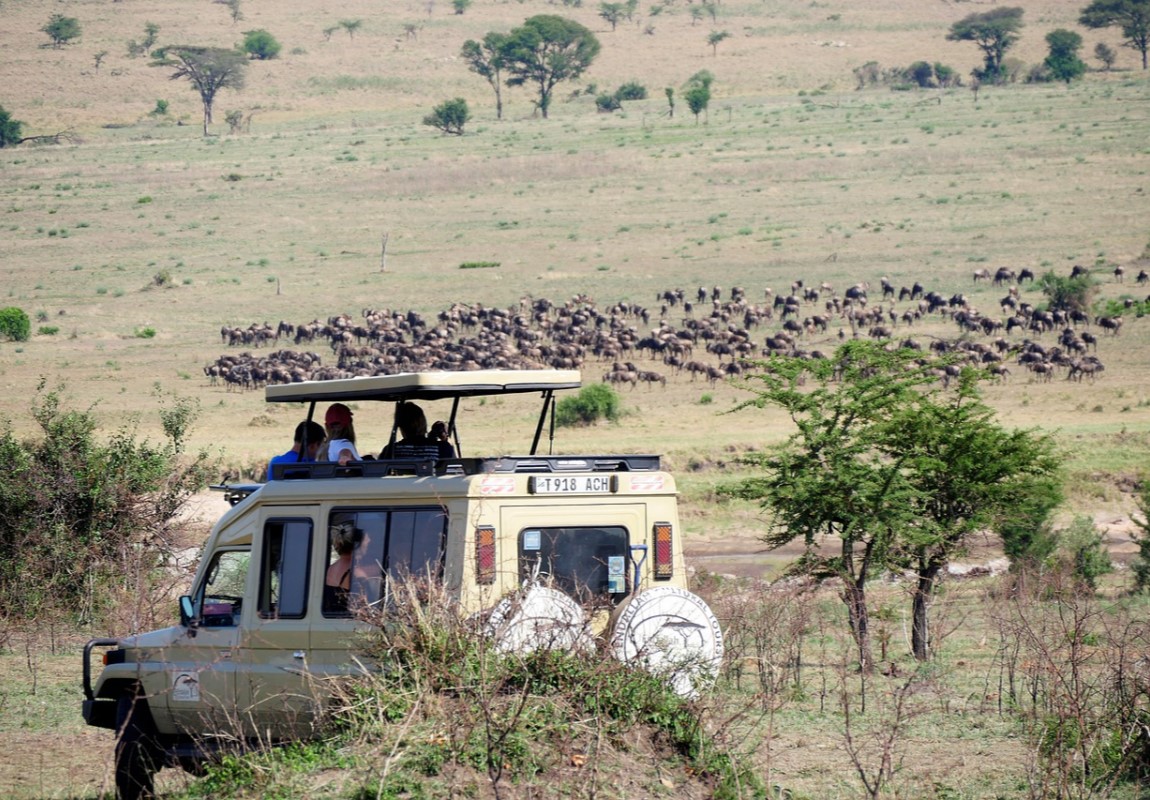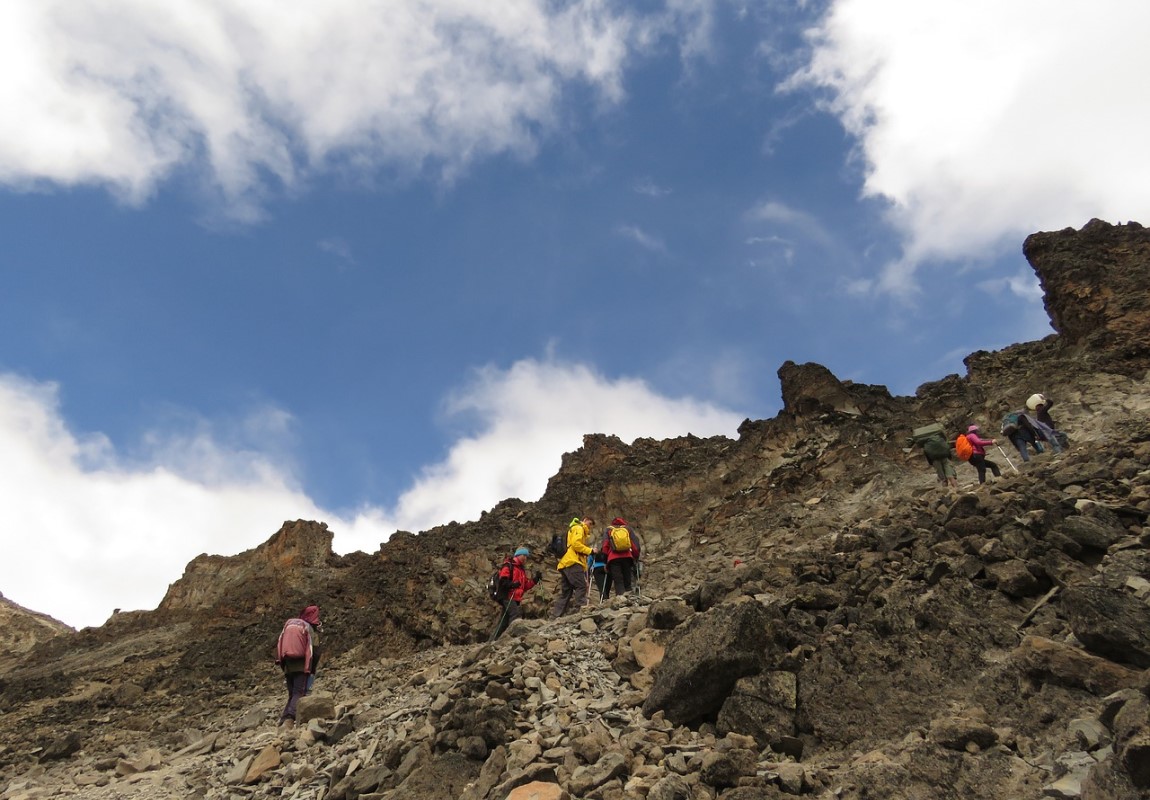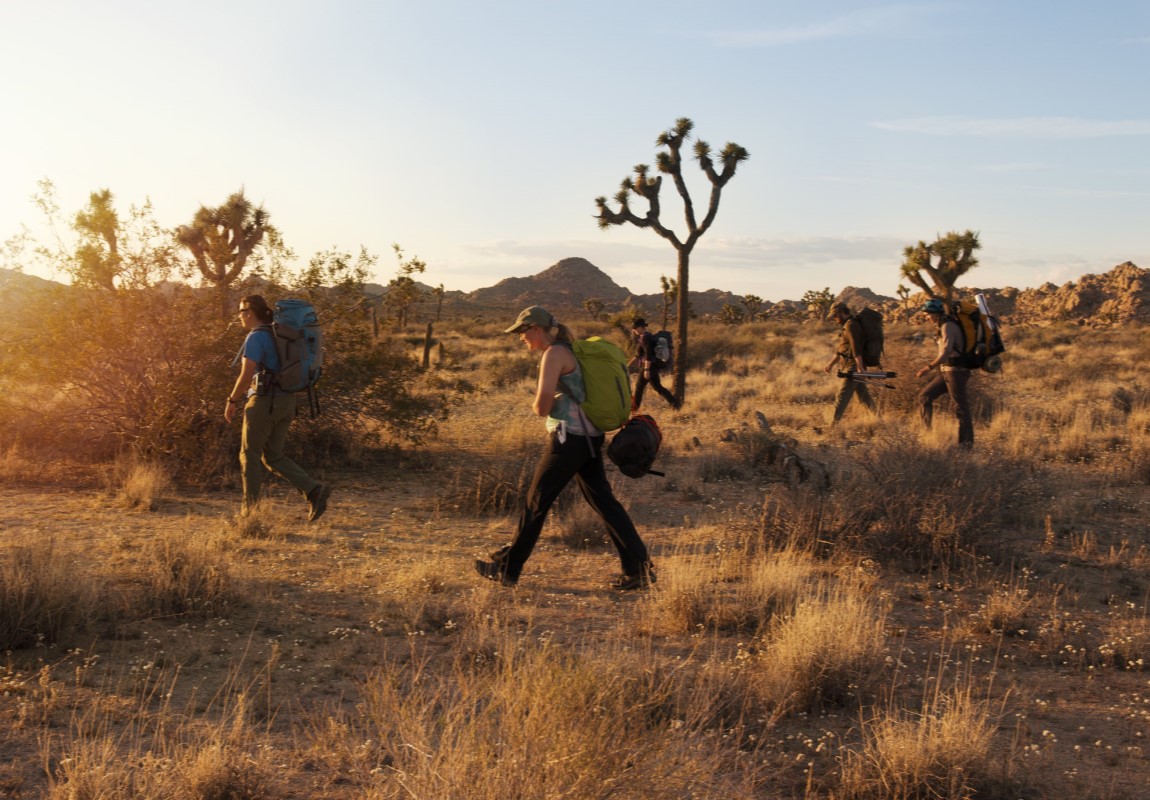Aberdare National Park 
Aberdare National Park - Kenya Wildlife Destination
Starting from
$700PP
Overview
The Aberdare National Park is a protected area in the Aberdare Mountain Range in central Kenya located east of the East African Rift Valley. It covers the higher areas and the Aberdare Salient to the east. Tree hotels are intended for visitors to notice wildlife coming to waterholes (or salt licks) in immaculate forest territories. Wildlife viewing from this elevated position is an astoundingly remunerating way of spotting animals in any case hard to spot in the thick vegetation.
Pros & Cons
- Great wildlife viewing in excellent forest territory
- Tree hotels offer an extraordinary wildlife-watching experience
- An opportunity to see surprising nocturnal animals
- Invigorating animal experiences at ground level from a wildlife stow away
- Extraordinary photograph openings
- Guided hiking is accessible
- Usual one-night stays have an extremely bundled feel
- Tree hotels have little, somewhat fundamental, lodge-like rooms
- During high season, Tree hotels get very busy
Map in Kenya

Want to Visit Aberdare National Park?
Gallery Images
Explore the stunning beauty of Aberdare National Park through our curated collection of photographs showcasing its landscapes, wildlife, and natural wonders.
Want to Visit Aberdare National Park?
Wildlife & Animals
All the Big Five are available in Aberdare National park. Wildlife present in the protected area includes lion, leopard, elephant, East African wild dog, giant forest hog, bushbuck, mountain reedbuck, waterbuck, Cape buffalo, side-striped jackal, eland, duiker, olive baboon, black and white colobus monkey, and sykes monkey. Rarer sightings include those of the African golden cat and the bongo. Species such as the common eland, and serval live in the higher moorlands.
Wildlife Highlights
Buffalo and elephant are very, and Black rhinos can be spotted at one of the tree hotel waterholes at night. Lions and leopards will in general remain at higher altitudes in the park and are hard to spot. Black-and-white colobus monkeys are a genuine delight, while bushbuck and waterbuck are especially normal. Nocturnal animals, including giant forest hogs and large-spotted genet, often visit the waterholes at night. The forest is also home to the very elusive and beautiful bongo antelope.
Best Time for Wildlife Viewing
Wildlife viewing in the Aberdares is good all year round. However, the Best time will be in the Dry season from June to September. When staying at one of the tree hotels, the rain shouldn’t interfere with your safari. Elephants and some antelopes scatter to higher elevations during the Dry season.
Want to Visit Aberdare National Park?
Birds
The park boasts more than 250 species of birds including the globally endangered Sharpe's Longclaw, Aberdare Cisticola, Abbott's Starling, and Jackson's Widowbird. The Red-tufted Sunbird is found on high peaks, scavenging to a great extent on lobelias while other montane Sunbirds are common at slightly lower heights. The Aberdare region additionally contains three other Kenyan Important Bird Areas, specifically; Mukurweini Valleys which are situated in the southeast of the Aberdares-an ideal environment for Lantana species and consequently a reasonable region for Hinde's Babbler.
Best Time for Birding
Bird watchers can visit the Aberdare National park all year round to spot the resident bird species. However, the best time is from November to April when the migrants from Europe and North Africa are present. This somewhat coincides with the Wet season when numerous species can be found in breeding plumage as they are settling. Most of the forest and moorland specials are anyway inhabitant consistently, so the drier months (from June to September and December to February) may be a decent trade-off for bird watching and forest hiking.
Want to Visit Aberdare National Park?
Best Time to Visit – Aberdare National Park
Wildlife viewing in the Aberdares is good all year round. However, the Best time will be in the Dry season from June to September. When staying at one of the tree hotels, the rain shouldn’t interfere with your safari. Elephants and some antelopes scatter to higher elevations during the Dry season.
June to September (Dry Season)
- Rarely gets hot, Most of the time it's sunny & dry
- Wildlife watching is better when it’s dry and animals gather at water sources
- Best time for hiking and exploring the moorland zone at higher altitude
- Hotels get very crowded
- Elephant and some antelope shift to higher altitudes away from tourist places
October to May (Wet Season)
- As the park is less busy, Pricing is very less to bring more travellers
- Hotels are less crowded, making wildlife viewing from balconies of tree hotels more interesting
- Birding is best as migratory birds are present
- Rain in April and May will sometimes come in between your planned activities
- Roads become sloppy and difficult to travel
Want to Visit Aberdare National Park?
Activities
Explore popular activities available in and around Aberdare National Park.
Want to Visit Aberdare National Park?
No FAQs available for this park yet.

 English
English French
French